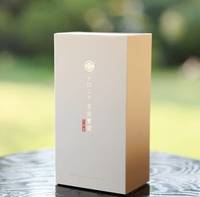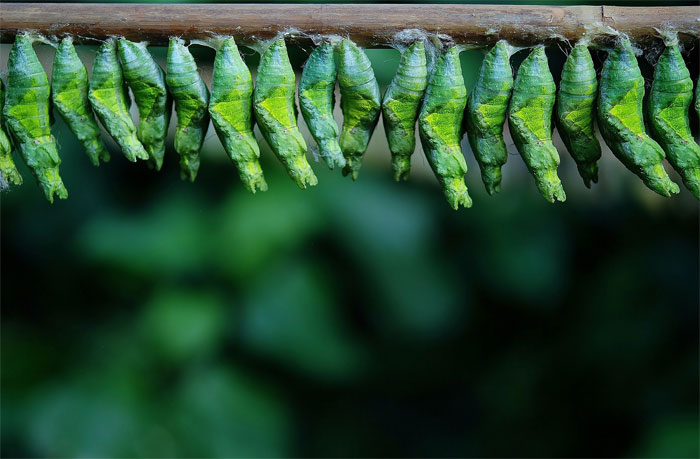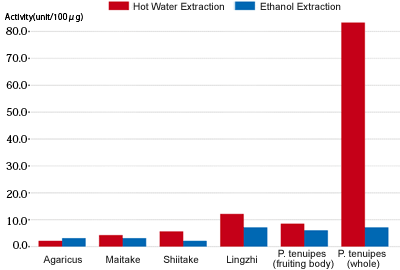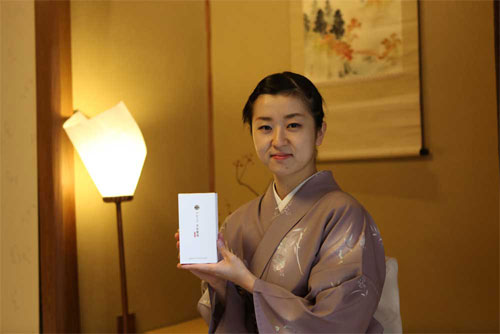Kyoto Tochukaso

The Powerful Antioxidative Effect of P. Tenuipes Tochukaso, Handmade in Kyoto

Tochukaso Raised in Kyoto Using Louis Pasteur Award Winning Techniques are Well Received in China Too .
According to ancient Chinese texts, tochukaso "help the lungs and kidneys. Protect lungs, benefits kidneys, stops blood, reduces phlegm, and so forth..." This means they strengthen the immune system, clean one's blood, increase one's energy, and clear the senses. One of the most highly regarded tochukaso in China, one with a long history of use, is indeed Kyoto's P. tenuipes tochukaso. These days, most of the fungus distributed as "tochukaso" is cultivated using bacteria only, and thus are not true tochukaso.
Tochukaso is a fungal parasite found in insects. The fungal seed consumes its host's protein, fats, and liquids for nutrients to grow mycelium, which grow out as branches in the fructified form characteristic of fungi. The name tochukaso (composed of characters meaning "winter insect summer plant") comes from the fact that while the organism looks like an insect in the winter, it transforms its appearance to one of a plant by the summer. Each specific type of insect can only host a parasite of one specific type of tochukaso, a property known as "host specificity." Only P. tenuipes can become a parasite in silkworm pupae.
The Isaria Japonica IM2001 (hereafter, IM2001) fungal strain is collected in the mountain recesses of Kyoto's Tanba region. P. tenuipes tochukaso is made by inoculating a pupae, raised in a sterile environment, with IM2001. The breeding process of P. tenuipes tochukaso uses techniques that were awarded France's Louis Pasteur Award. Silk farming technology based on mulberry leaves was once used worldwide. However, it had always been difficult to raise silkworms in cold seasons, when mulberry leaves are not available. The late Professor Emeritus Yasuji Hamamura, of the Kyoto University of Technology, perfected the techniques to use a sterile synthetic diet to allow the breeding of silkworms year-round. This synthetic diet breeding system became a reality in 1960.
After injecting IM2001 into silkworm pupae raised using a sterile silkworm culture system, fructification takes place after about one month. The growth of the P. tenuipes tochukaso is monitored and recorded. In China, as well, research has long been underway as to how to raise tochukaso fungi in living insects, but the technology has not yet been perfected. For this reason, P. tenuipes tochukaso is also highly regarded in China.

Hot Water Extraction of P. Tenuipes Tochukaso Has Over Five Times the Antioxidative Power of Normal Fungus.
P. tenuipes tochukaso is said to gain its health power from the silkworm pupae's struggle for life. This health power specifically includes its effects in revitalizing immunity and antioxidation, among others. Allow me to introduce an experiment conducted to test its antioxidative effects. Fungi which are known to promote health, such as Agaricus subrufescens, Lingzhi, shiitake and maitake were compared. When comparing their ability to reduce free radical levels, the hot water extraction of P. tenuipes tochukaso was found to be five times more effective than the other fungi.
Currently, health foods are being developed which combine P. tenuipes tochukaso with Hokkaido aronia (chokeberries). Aronia contain more than twice the amount of the polyphenol anthocyanin than is found in blueberries. It is a powerful antioxidant, and it is expected to synergize well with P. tenuipes tochukaso.













